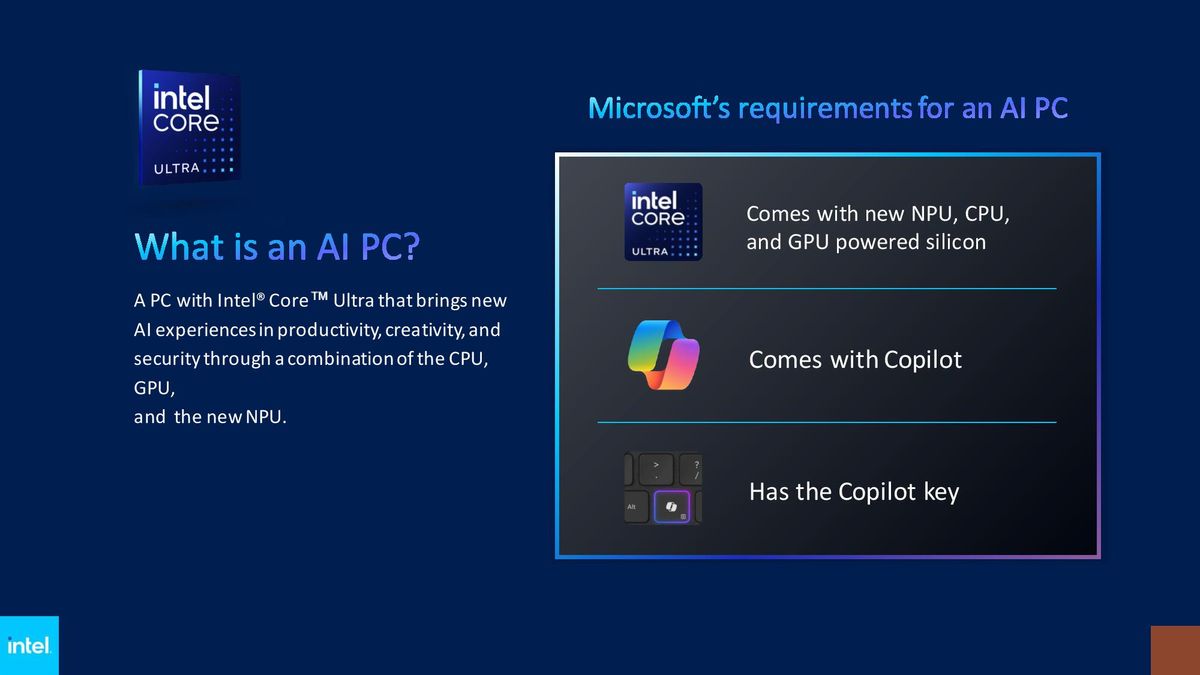fansink
Active member
There are so many conflicting reports, especially since the reports don’t clearly specify Desktop vs Mobile.
It’s reported that the designations may be:
Arrow Lake S - Desktop
Arrow Lake U - Mobile
Lunar Lake ? - Desktop
Lunar Lake MX - Mobile
There are reports that say TSMC will be producing Intel CPUs, GPUs, and NPUs tiles for the Arrow and Lunar Lake platforms.
There are also conflicting reports that Intel will be producing CPU’s for both Arrow and Lunar Lake.
If anyone can answer this, SemiWiki contributors can.
https://www.hardwaretimes.com/intel-15th-gen-core-i9-15900h-24-cores-tsmc-3nm/
https://wccftech.com/intel-ceo-conf...s-next-gen-cpus-n3-arrow-lake-n3b-lunar-lake/
https://wccftech.com/intel-arrow-la...ernative-lunar-lake-intel-3-perf-watt-uplift/
https://www.igorslab.de/en/news-fro...e-cpu-rumors-confirmed-picture-and-schematic/
It’s reported that the designations may be:
Arrow Lake S - Desktop
Arrow Lake U - Mobile
Lunar Lake ? - Desktop
Lunar Lake MX - Mobile
There are reports that say TSMC will be producing Intel CPUs, GPUs, and NPUs tiles for the Arrow and Lunar Lake platforms.
There are also conflicting reports that Intel will be producing CPU’s for both Arrow and Lunar Lake.
If anyone can answer this, SemiWiki contributors can.
https://www.hardwaretimes.com/intel-15th-gen-core-i9-15900h-24-cores-tsmc-3nm/
https://wccftech.com/intel-ceo-conf...s-next-gen-cpus-n3-arrow-lake-n3b-lunar-lake/
https://wccftech.com/intel-arrow-la...ernative-lunar-lake-intel-3-perf-watt-uplift/
https://www.igorslab.de/en/news-fro...e-cpu-rumors-confirmed-picture-and-schematic/


